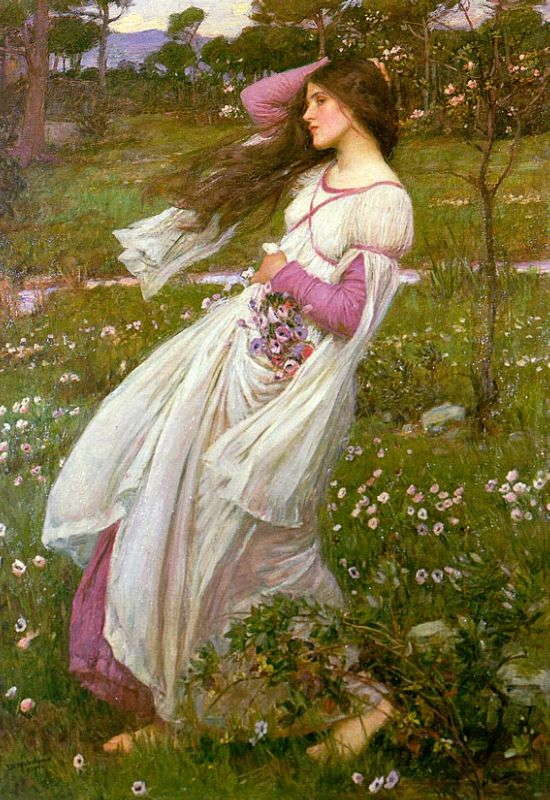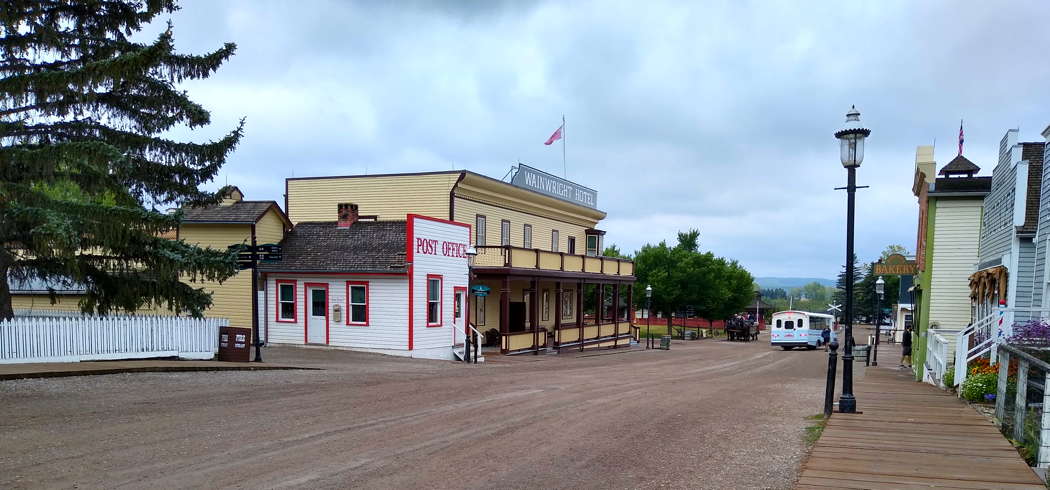- Beethoven Piano Society
- contemporary music
- Andrew Carter
- People's Republic of China
- Tirimo
- Vivat
- Aeneas
- Indonesia
 PODCAST: Join Jenna Orkin, Maria Nockin, John Daleiden, Gerald Fenech, Julian Jacobson, Patrick Maxwell, Giuseppe Pennisi and Mike Wheeler for a fascinating fifty-minute audio only programme.
PODCAST: Join Jenna Orkin, Maria Nockin, John Daleiden, Gerald Fenech, Julian Jacobson, Patrick Maxwell, Giuseppe Pennisi and Mike Wheeler for a fascinating fifty-minute audio only programme.
 DISCUSSION: What is a work? John Dante Prevedini leads a discussion about The performing artist as co-creator, including contributions from Halida Dinova, Yekaterina Lebedeva, Béla Hartmann, David Arditti and Stephen Francis Vasta.
DISCUSSION: What is a work? John Dante Prevedini leads a discussion about The performing artist as co-creator, including contributions from Halida Dinova, Yekaterina Lebedeva, Béla Hartmann, David Arditti and Stephen Francis Vasta.
Kathleen Parlow

ESDRAS MUGATIK writes about a Pre-Raphaelite violinist with a post-Pre-Raphaelite decline
The Pre-Raphaelites were a Victorian era movement of visual artists in approximately the second half of the nineteenth century. Taking the ideas of a 'return to nature' in a manner that they presumed preceded the work of the late Renaissance painter Raphael, with also a return to an imaginary medieval world, these artists created a vast body of greatly influential work that charmed, moved and in many ways defined Victorian England. Of course, they fell out of fashion (until the 1960s when fifty British pounds could get you a masterpiece). Still, according to some sources, they remained favoured decorative backgrounds of period piece films and television series for years. Their works are receiving more attention and even some respect from modern critics and connoisseurs.
In the paintings many women were radiant, wrapped in tenderly folded robes, while the men were chivalrous and boldly wrapped in ideals of pure Galahad-ian masculinity.
One brief look at the paintings and a brief comparison with fashions in the late nineteenth century will prove that Pre-Raphaelite imagery went deep. The 'look' became quite the fashion.
And so did the gender morality. Women were pure and innocent in age and appearance. They were tied to Nature and radiated a pristine spiritual beauty.

The 1903 oil-on-canvas painting 'Windflowers',
also known as 'Windswept', by Pre-Raphaelite
English painter John William Waterhouse (1849-1917)
Into this Pre-Raphaelite epoch Kathleen Parlow was born in 1890 at the far outskirts of the British Empire in what is now Calgary, Alberta. She grew to young womanhood surrounded by these Pre-Raphaelite ideals. She also portrayed them effectively. And the ideals doomed her as well.
The Town of Calgary had been incorporated in 1884 and received the status of city in 1894 just four years after Kathleen Parlow's birth. Fort Calgary (now a museum) still acted as a protection against the disorder of Canada's somewhat less hectic Wild West. Just down the street the entrepreneur Peter Prince was digging channels to create an island (still known as Prince's Island) that allowed the lumber harvested upstream to flow down past his offices for his direct consideration. One of the original buildings still exists at the site. The fort for Calgary was built on the confluence of the Bow and Elbow rivers which are crucial in Native lore. For it was here that Old Man (best considered the Demiurge) rested on his northward journey of Creation.

Part of modern-day (Fort) Calgary's Heritage Park. Photo © 2023 Keith Bramich
But, Parlow didn't live long at the outskirts of the British Empire as her mother packed her off to San Francisco at the age of four. In later life her roots were often garbled - in those days Canada seems hardly to have existed in its own right as a separate national concept - and she was sometimes referred to as American. In America she studied violin with Henry Holmes and developed into a first-rate violinist.
But, the homeland called and Parlow was taken by her mother to England. She performed numerous concerts and even performed before the nobility.
She also quickly absorbed what was available there and in 1906 went to Russia to study (as the only female in the class) with the legendary pedagogue (and very great violinist) Leopold Auer. Auer taught most of several generations of violinists and it is no surprise he taught Parlow. Leopold Auer said of her:
It was during this year that my first London pupil came to me, Kathleen Parlow, who has since become one of the first, if not the first, of women violinists. - 'My long life in music' (1923), page 337.
And she was pretty.
On Sunday 20 February 1921, it was announced she would perform the next day in Great Falls, Montana. She was described as 'the greatest woman violinist in the world.' (Great Falls Tribune, Great Falls, Montana, USA, 20 February 1921)
And did I mention she was pretty?
So did many others. This promotional article (for her concert with the eighty-five member Minneapolis Symphony Orchestra under the direction of Emil Oberhofer, 1867-1933) quotes from a review by W B Chase of the 'Evening Sun':
Kathleen Parlow, tall, straight, slim and swaying as the white birch sapling of her native Canada ... and crowned with parted chestnut hair of a deeper auburn than any Stradivarius violin, made an astonishing impression of masterful ease. - 'The Wheeling Intelligencer' (Wheeling, West Virginia), 3 March 1914
This description fits the Waterhouse painting, does it not?
But, the timing of her life was not ideal as her best years of youthful beauty were interrupted by the Great War. After, like all artists, a period of reconstruction was required and she was already past the age of youth and girlhood and now a woman. She turned thirty in 1920.
That was a problem. It remains a problem.
Many modern Hollywood actresses complain of the age limit on their careers. It is around thirty years old. After that their cache for film producers is much reduced, no matter what their achievements. I leave it to others to search out the articles on this subject.
As for Parlow, she remained a superb violinist through her long life, but by the 1920s had ceased to be a young girl. And more especially a Pre-Raphealite girl suited to being framed in a radiant Pre-Raphealite portrait. Her career, life and personality never fully recovered.
But, this is a legitimate problem. If a young woman (or man for that matter) makes a play for fame using their looks, then they ought to be very aware that their looks will fade and that at a certain point they will not be mistaken for being young. It may be that Parlow was not aware, and yet the conclusion of the review comment of Chase begun above is telling:
The young woman could not mistake the furore she created.
Indeed.
Let us however, be very clear (and so move on to the next aspect of this essay) that all of this ageism is obviously unfair and yet when one considers athletes (male and female) whose best years are from say fifteen to thirty, then we are given the example of old athletes who try to recapture the days of their youth, fade away into obscurity selling cars or descend into a lamentable decline. The days of youth are gone and then ... and then ...
Ageism is not only an issue for women. And yes, it doesn't seem fair for either gender.
But, we may take heart. For the tale of Tennyson's Ulysses is apt for any gender. When the days of youth are gone, it may still be possible to transform oneself into something else, not merely try to reprise bygone days:
- you and I are old;
Old age hath yet his honour and his toil;
Death closes all: but something ere the end,
Some work of noble note, may yet be done.
Not unbecoming men that strove with Gods.
The lights begin to twinkle from the rocks:
The long day wanes: the slow moon climbs: the deep
Moans round with many voices. Come, my friends,
'Tis not too late to seek a newer world.
Push off, and, sitting well in order, smite
The sounding furrows; for my purpose holds
To sail beyond the sunset, and the baths
Of all the western stars, until I die.
- from 'Ulysses' (1833) by Alfred Tennyson
Parlow did indeed attempt this transformation. She turned to chamber music: ensembles, quartets and to teaching. She participated in string quartets, playing the most demanding (and even austere) programs. She taught and she evidently maintained her musicianship and skill late into her life.
She did not give up. But it was difficult and the struggles were made worse by the Depression and The Second World War. Neither of these were eras when transcendental chamber music ideation was of great interest. The loss was hers and the loss is ours.
Copyright © 24 November 2023 Esdras Mugatik,
Youbou, British Columbia, Canada



